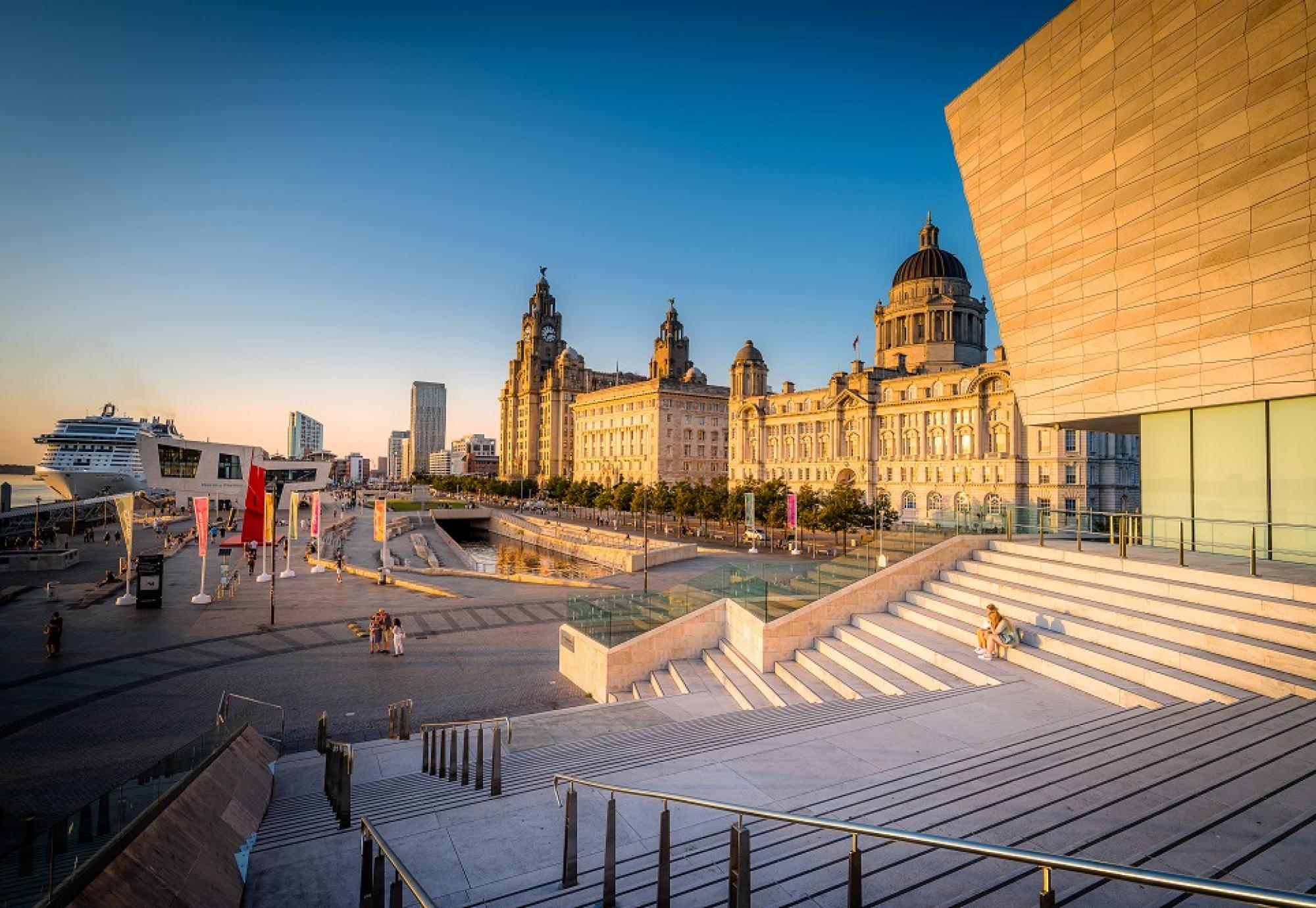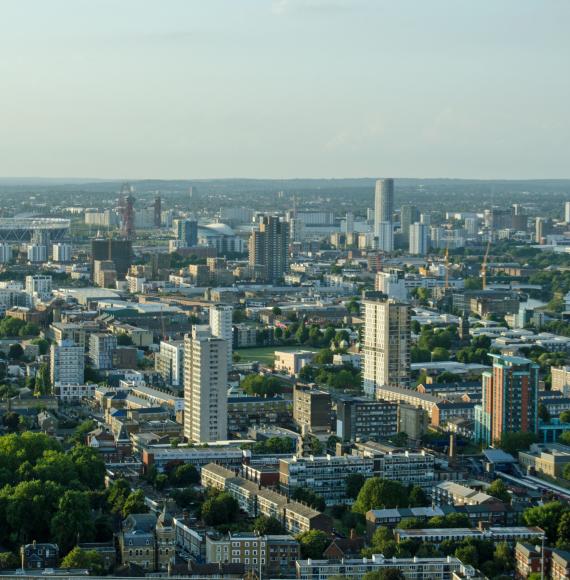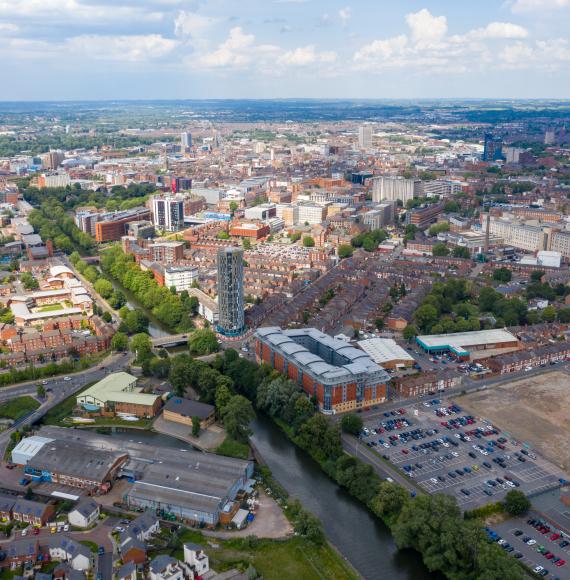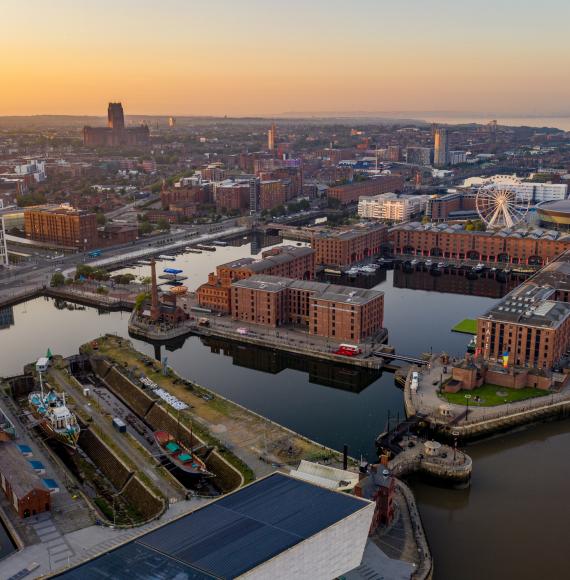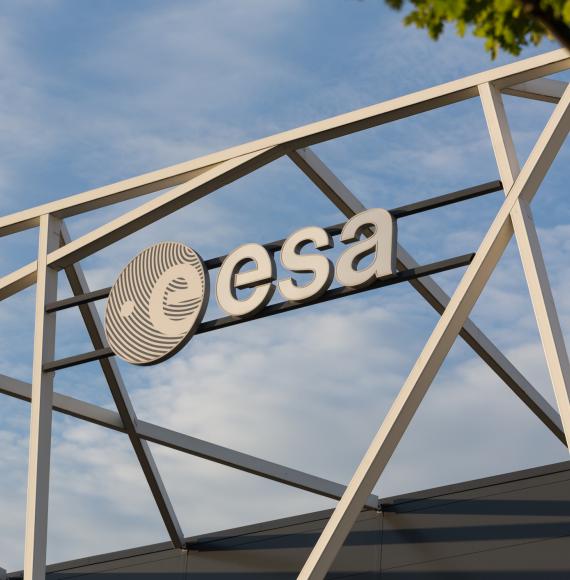Three landmark public buildings on Liverpool’s iconic waterfront are set to significantly reduce their carbon footprint by connecting to a pioneering low-carbon heat network powered by canal water.
Under the initiative, the Georges Dock Building, the historic Cunard Building, and the Museum of Liverpool—part of National Museums Liverpool (NML)—will be linked to Peel Group’s Mersey Heat network via an extended pipeline. This move marks a major step in the Liverpool City Region’s strategy to decarbonise public infrastructure.
The newly operational Mersey Heat Energy Centre, which extracts energy from the Leeds and Liverpool Canal using water source heat pumps, is already supplying low-carbon heat to several sites including Liverpool Waters, Torus’ Hartley Locks development, the Titanic Hotel, and the Tobacco Warehouse apartments.
This project forms part of the Liverpool City Region’s five-year Carbon Action Plan, aimed at achieving net zero by 2035—a target that places the region a decade ahead of the national goal. The Combined Authority recently secured an additional £35 million from the Department for Energy Security and Net Zero to support the decarbonisation of dozens more public buildings.
The launch of the Mersey Heat Energy Centre was marked last week by key regional leaders, including Cllr Anthony Burns, Cabinet Member for Net Zero, and Cllr Liam Robinson, Cabinet Member for Innovation, alongside representatives from Ener-Vate and contractor Vital Energi.
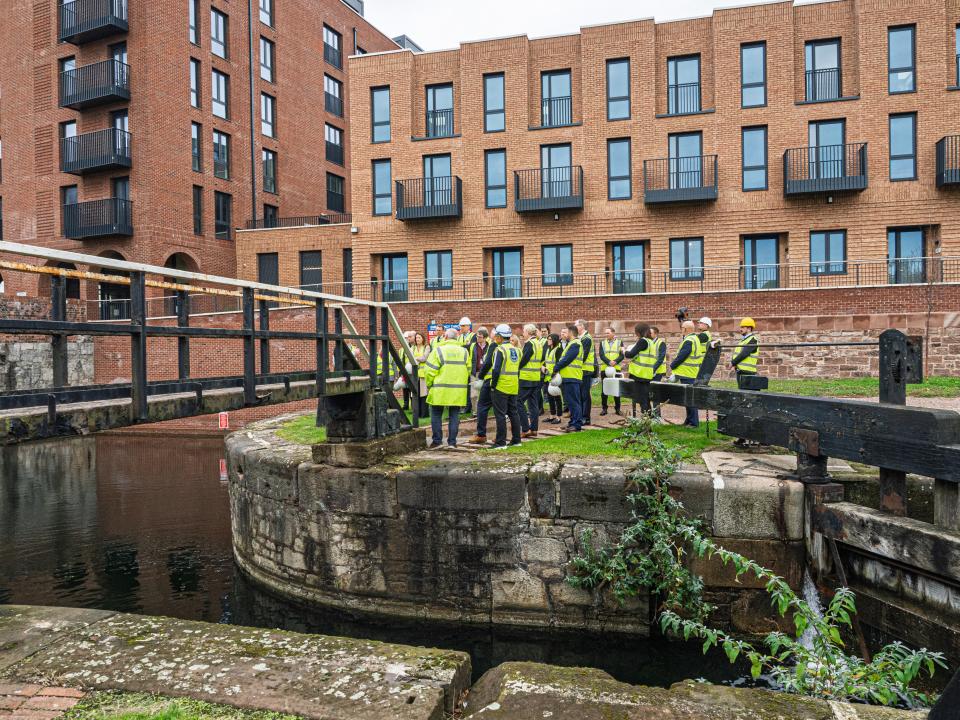
Cllr Anthony Burns, also Leader of St Helens Council, said:
“Building a cleaner, greener future isn’t just about meeting targets – it’s about improving people’s lives.”
“The Mersey Heat Energy Centre is a fantastic example of how we can use our region’s strengths and ingenuity to cut carbon, lower energy bills, and support jobs in the industries of the future.
“I know the scale of the challenge we’re facing – but also the scale of the opportunity. Projects like this show that we’re serious about hitting our target to be net zero by 2035, at least a decade ahead of the rest of the country, and that the Liverpool City Region is leading the way.”
Cllr Liam Robinson, Leader of Liverpool City Council, added:
“The launch of the Mersey Heat Energy Centre is a landmark moment in Liverpool City Region’s journey towards a cleaner, greener future.
“It is a visible example of how we are leading the way on low carbon infrastructure, protecting historic buildings, cutting emissions and creating long term green value for our communities.
“Liverpool has long been a leader in climate action, and this project reinforces our commitment to achieving net zero. It’s not just about infrastructure, it’s about creating a legacy of sustainability that benefits our communities, our economy, and our environment.
“I’m proud to see this vision and investment come to life, creating jobs in the emerging green economy. I want to thank all the partners involved for helping Liverpool take another bold step towards a low carbon future.”
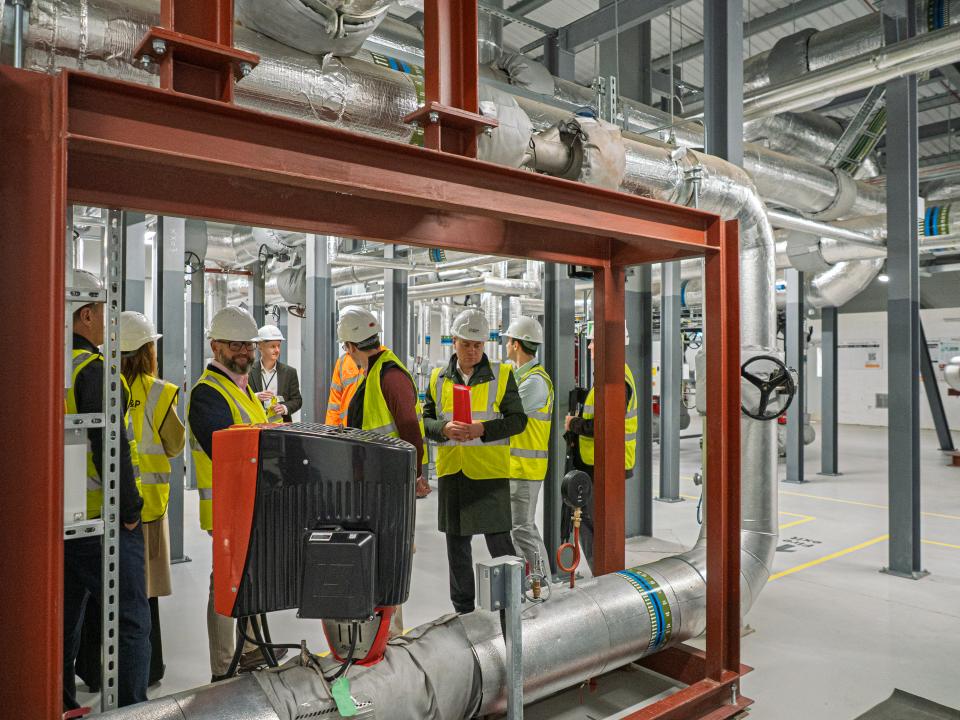
While private homes remain the largest contributors to carbon emissions, public buildings account for 13% of the total. Across the Liverpool City Region, the six local authorities and the Combined Authority own more than 600 buildings, collectively emitting nearly 77,000 tonnes of CO₂ annually.
This year, the North West secured £117 million from the Public Sector Decarbonisation Scheme Wave 4—more than Greater London and the largest allocation nationally. The Combined Authority’s £35 million award, the biggest single project in the country, will fund retrofitting efforts across a wide range of public buildings including town halls, libraries, galleries, and leisure centres. Measures will include replacing fossil fuel heating systems with heat pumps, solar panels, and other low-carbon technologies.
Image credits: Liverpool City Region Combined Authority

